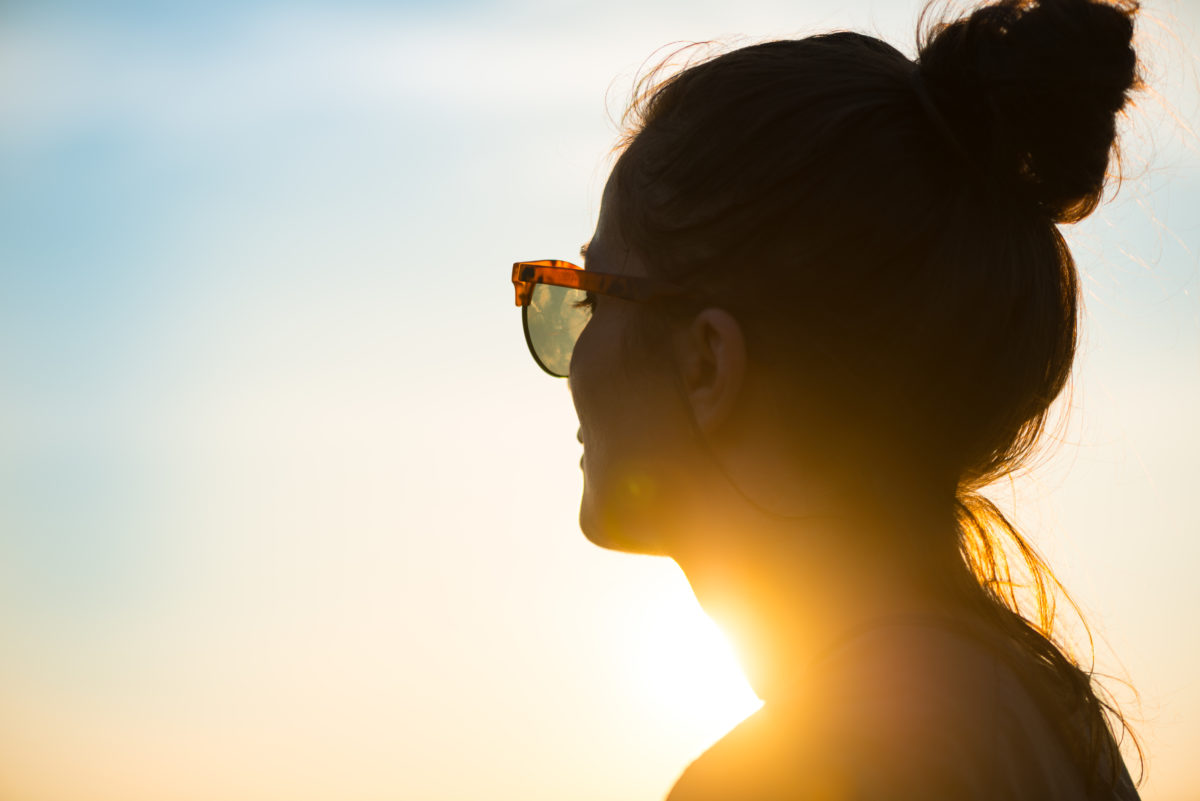You know the sun’s rays can damage your skin, but did you know that too much exposure to ultraviolet (UV) rays can also increase your risk of eye disease?
If your eyes aren’t properly protected, UV rays can damage your vision and even lead to increased risk of cataracts later in life.
Here’s what you need to know to stay safe this summer and beyond.
1. You won’t notice most vision damage right away.
Unless your exposure is extreme, vision damage happens slowly. When your eyes come in contact with UV rays, intense radiation damages sensitive cells over time, which means you probably won’t notice anything until you have significant issues.
A few conditions do cause symptoms immediately. If the area around your eye becomes inflamed, you may have experienced:
- Photokeratitis, which is basically a sunburn of the cornea that causes tears, pain, and the sensation that you have sand in your eye, or
- Photoconjunctivitis, an inflammation of the membrane inside your eyelids that causes similar symptoms.
If your eyes feel tired, sore or gritty after a day in the sun, you may have one of these conditions. In most cases, symptoms will go away in a few days. If they don’t, contact your eye doctor.
2. The reflection of the sun can be more dangerous than the sun itself.
Most people look down more than they look up, so even if you’re wearing a hat for sun protection, UV rays reflected off of water or pavement can be dangerous.
- Dry sand reflects 15% of UV radiation
- Sea foam reflects 25%, and
- Fresh snow reflects as much as 80%.
You should also look out for the sun more when you’re at higher altitudes because you and your eyes are closer to the sun.
3. Our eyes are most susceptible to sun damage at a different time of day than our skin.
People tend to think of noon as the hottest part of the day, but temperatures usually hit their peak around 3 p.m. in Tennessee, after the ground and atmosphere have warmed over the course of the day. However, the highest levels of UV radiation happen in the morning and early afternoon. Exposure to UV rays can be 10 times higher at noon than 3 hours earlier or later, but because our eyes are naturally shaded by our brows when the sun is high in the sky, we’re somewhat protected during that time.
4. If you have light-colored eyes, you’re more sensitive to sunlight.
If you have blue, green or gray eyes, you may experience increased light sensitivity. This happens because your eyes have less pigmentation, so they can’t block the effects of UV rays or harsh lighting as well.
5. Children’s eyes are more sensitive to light.
Children’s eyes are more susceptible to sun damage for several reasons:
- They have larger pupils and clearer lenses, which means more light can enter their eyes
- They’re outside for longer periods of time without eye protection more than adults, and
- Most people receive 80% of their lifetime UV exposure by age 18.
That means it’s up to adults to help protect children’s eyes and their long-term vision.
6. Clouds don’t block UV light.
The same way the sun’s rays pass through clouds to burn our skin, the sun can damage our eyes when it’s overcast or hazy.
Protect your eyes with these 6 tips:
- Look for sunglasses that are labeled “100% UV protection” or UV400.
- Remember that bigger is better. Wrap-around sunglasses or lenses that completely cover the eye are best.
- Darker lenses are also good, especially if you are light sensitive or have light-colored eyes. Colored lenses, however, typically don’t offer UV protection unless it’s spelled out on the packaging.
- If you wear contacts, ask your ophthalmologist about UV-blocking varieties which may limit UV exposure up to 70-90% and should work in conjunction with sunglasses.
- Never look directly at the sun.
- Protect your children’s eyes the same way you protect your own, and be on the lookout for older family members who may also need reminding of healthy sun habits.
Get more information about specific health terms, topics and conditions to better manage your health on bcbst.com. BlueCross BlueShield of Tennessee members can access wellness-related discounts on fitness products, gym memberships, healthy eating and more through Blue365®. BCBST members can also find tools and resources to help improve health and well-being by logging into BlueAccess and going to the Managing Your Health tab.






WellTuned provides inspiration and practical advice for healthy living.
WellTuned does not offer medical advice. Any personal health questions should be addressed to your doctor.